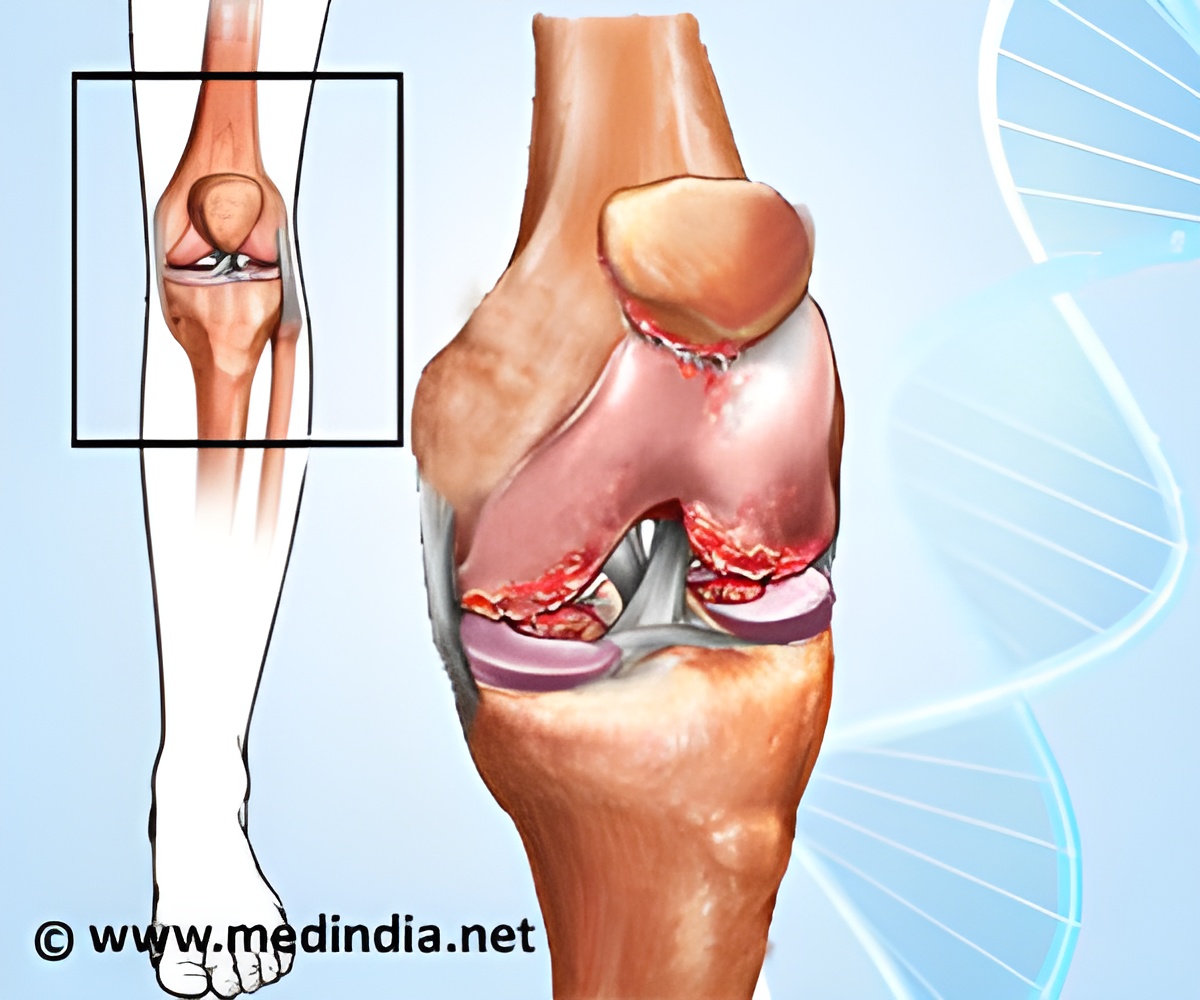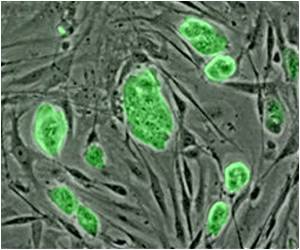The first study to identify the origin cells and track the early development of human articular cartilage was published by stem cell researchers.

Articular cartilage is a highly specialized tissue formed from cells called chondrocytes that protect the bones of joints from forces associated with load bearing and impact, and allows nearly frictionless motion between the articular surfaces. Cartilage injury and lack of cartilage regeneration often lead to osteoarthritis involving degradation of joints, including cartilage and bone. Osteoarthritis currently affects more than 20 million people in the United States alone, making joint surface restoration a major priority in modern medicine.
Different cell types have been studied with respect to their ability to generate articular cartilage. However, none of the current cell-based repair strategies including expanded articular chondrocytes or mesenchymal stromal cells from adult bone marrow, adipose tissue, sinovium or amniotic fluid have generated long-lasting articular cartilage tissue in the laboratory.
By bridging developmental biology and tissue engineering, Evseenko's discoveries represent a critical "missing link" providing scientists with checkpoints to tell if the cartilage cells (called chondrocytes) are developing correctly.
"We began with three questions about cartilage development," Evseenko said, "we wanted to know the key molecular mechanisms, the key cell populations, and the developmental stages in humans. We carefully studied how the chondrocytes developed, watching not only their genes, but other biological markers that will allow us to apply the system for the improvement of current stem cell-based therapeutic approaches."
This research was also the first attempt to generate all the key landmarks that allow generation of clinically relevant cell types for cartilage regeneration with the highest animal-free standards. This means that the process did not rely on any animal components, thus therapeutic products such as stem-cell serums can be produced that are safe for humans.
Advertisement
With these progenitor cells and the landmarks of proper cartilage development identified, Dr. Evseenko believes that an effective cellular therapy for diseased or damaged joint cartilage could be tested in human trials within three years. Such stem-cell-based therapies could make many current knee and hip replacement surgeries unnecessary, offering patients the ability to regrow lost cartilage, keep their bones intact, and avoid the discomfort and risk of major joint-replacement surgery.
This research was supported by the National Institutes of Health (NIH), the US Department of Defense (DOD), the Arthritis National Research Fund (ANRF), and the California Institute of Regenerative Medicine (CIRM).
Advertisement











